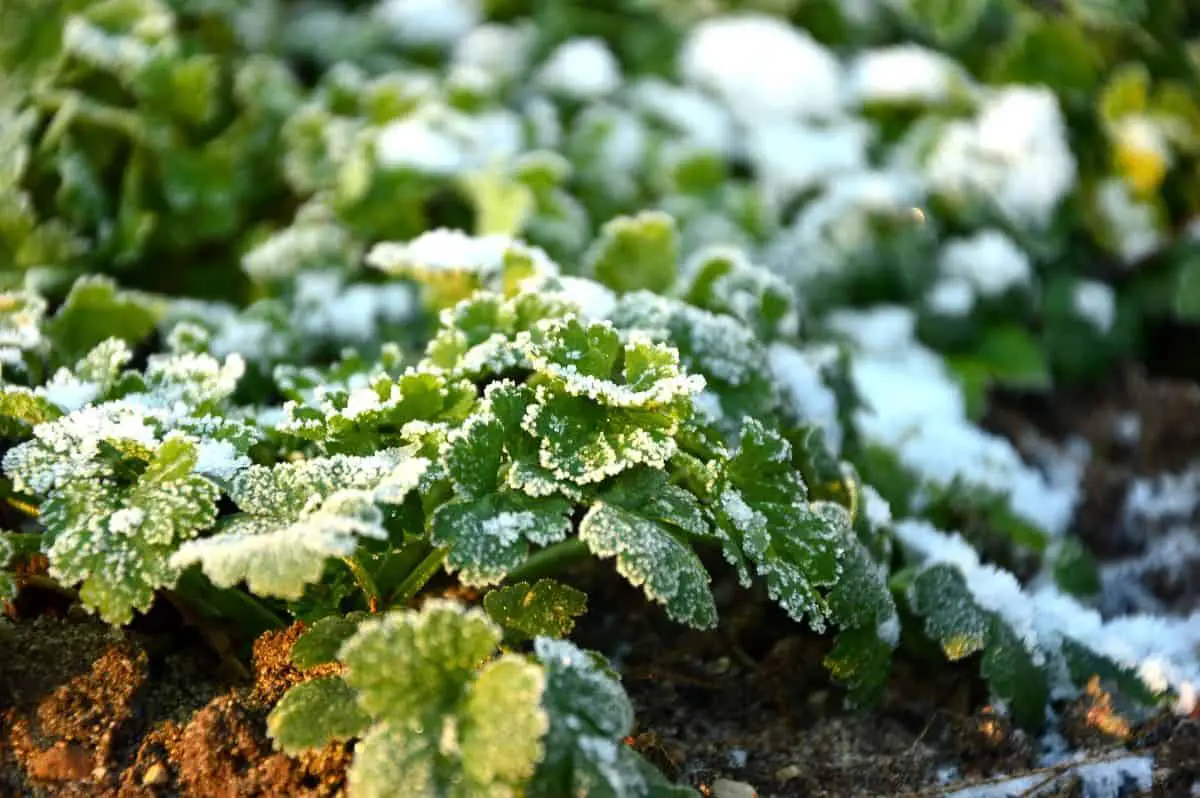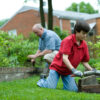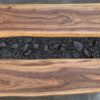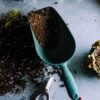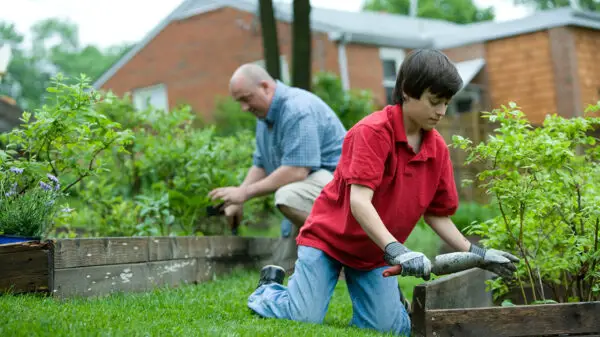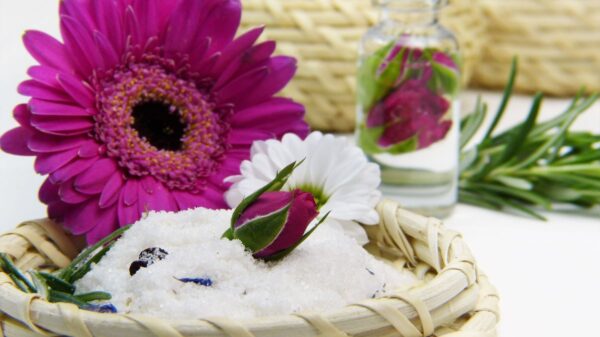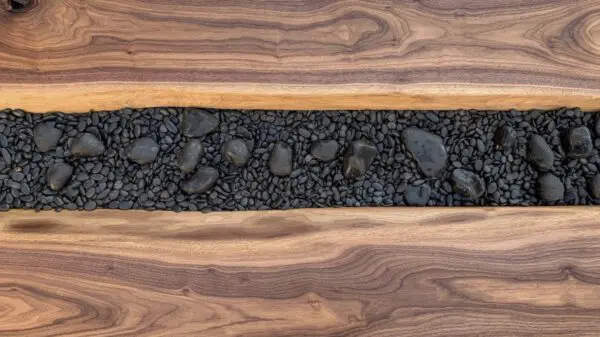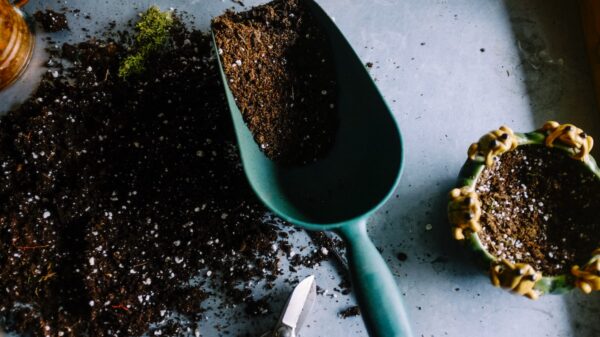Best Herbs to Grow Year-Round
Although we typically think of winter as a time for hibernation, there are a variety of herbs you can grow during the cold months. Some of them require winter growing conditions to thrive, as they need a period of low temperatures before they will flower. So while you’re waiting for everything else to bloom outside, turn your time and attention to some indoor herbs.
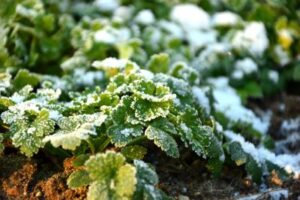
So, what herbs can I grow in the winter? Some of the best herbs to grow in the winter and year-round include:
- Basil
- Bay Leaves
- Dill
- Marjoram
- Rosemary
- Sage
- Thyme
These herbs will thrive wonderfully indoors and give you fresh herbs to use in your daily cooking! Now that we have our list of winter herbs, let’s discuss how to care for them and some ideas on how to use them.
Basil
Basil does well inside if it has enough sunlight and humidity. You can also grow basil outside in a pot or even in the garden if you have proper insulation to protect the plant from freezing.
Basil thrives in a warm environment and should be fertilized with an organic plant fertilizer throughout the growing season to keep it healthy and lush. In addition to this, you may also choose to water your basil with a liquid seaweed solution that will provide nutrients for growth.
This herb is best known for being used to flavor Italian dishes. You can also add basil to other dishes, such as chicken recipes and soups.
Bay Leaves
There are two varieties of bay leaf you can grow: the bay laurel or sweet bay leaf (the type commonly found in cooking) and the Turkish bay tree, which isn’t typically used for cooking but is still very attractive inside your home.
Both types of bay leaves will thrive in a pot and can be grown indoors or out. However, they do require full sunlight and rich soil with good drainage. The Turkish bay tree is particularly sensitive to cold weather and should not be exposed when the temperature drops below 40 degrees Fahrenheit.
Bay leaves are often used when cooking meats and fish to add a little spice. The herb is also known to have a strong aroma that can be used to make sachets for keeping moths away from clothes and other fabrics.
Dill
Dill plants require sunlight and rich, fertile soil. Soil that is sandy or clay-like will not be favorable to the dill plant since it requires good drainage.
It is recommended that you water your dill plants regularly, but never let the soil get soggy. This herb is also known to attract beneficial predators like ladybugs and parasitic wasps that can fight against garden pests.
Dill is great for using in recipes that include cucumber, fish, and sour cream. It has a light, earthy flavor that anyone will enjoy!
Marjoram
The marjoram herb does best when grown in rich soil that is fertilized regularly. The plant should be watered regularly, but never left to sit in water once it has been soaked.
Marjoram is best grown outdoors during the summer months and brought inside when winter comes around. It does not do well when exposed to freezing temperatures and will die if exposed for too long.
This herb can be added to almost anything you cook but is especially good for tomato-based sauces and chicken dishes. It is often described as the sweeter version of oregano. Marjoram is also known to be good at fighting against intestinal parasites like worms and other pests that can weaken plants.
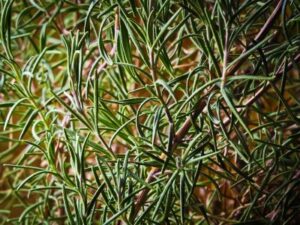
Rosemary
This common herb will thrive in the colder months if it is kept in a pot and brought indoors to protect it from harsh winter conditions. Rosemary requires full sunlight, well-draining soil, and regular watering.
The rosemary plant does best when it’s harvested before blooming or just after. This will ensure that you get the freshest leaves possible! Rosemary is very popular in Mediterranean dishes.
It also tastes great with potatoes, lamb, pork dishes, and when making homemade bread. This plant is also known to ward off garden pests like cabbage moths and rabbits when planted next to your other veggies in the garden.
Sage
Sage will grow fine when planted outside however it is very sensitive to colder temperatures. The herb can be grown indoors if you put it in a large pot and keep the soil warm at all times. You will want to water your sage plant regularly, but never let the soil get soggy.
It’s best to harvest this plant early in the season before it blooms, but later on, you may choose to leave the flowers on the plant so that bees will come and pollinate your sage for you!
Sage can be used in turkey dishes and to make sausage stuffing for your holiday dinner. The herb is also said to help reduce inflammation and help with stomach ailments such as gas or bloating.
Thyme
To grow thyme well, you will want to ensure that you have good drainage in your soil. The herb likes dry, sandy soil that is kept warm and moist at all times. This plant does best when planted directly into the ground after it has finished blooming, but if this isn’t an option for you, you can grow thyme indoors in a pot with rich soil.
Thyme can be harvested year-round if you continue to keep your plant healthy and fertilize it as needed. The flavor of the herb is very strong and should be used in moderation if added to dishes that don’t require a lot of flavors – like turkey stuffing. It’s best to use this herb fresh and not dried and will last longer if it is kept in a dark, cool place.
Rosemary and thyme are both known to keep away garden pests like ants, slugs, cabbage moths, and rabbits! So if you’re looking for a way to fend off those pesky critters in your garden, these herbs will do the trick!
Thyme is very aromatic and can be used to make homemade soaps or infusions. It’s also great when making marinades or rubbing on chicken before grilling it. You will also often find thyme in legumes and cheese dishes.
How to Care for Your Herbs Indoors During Winter
Because you can grow these herbs indoors or outdoors depending on conditions, we will discuss how to care for them either way. Growing herbs inside are fairly simple as long as you remember a few basic tips.
- First of all, your plants will need at least six hours of sunlight each day to be healthy and produce vibrant leaves.
- Most indoor locations won’t have the humidity levels needed, so you should consider misting your plant with water throughout the day.
- In addition, when growing herbs in pots you will want to ensure that they have enough nutrients in the soil to survive.
- It is a good idea to add some organic fertilizer or compost into the pot every two weeks while your plant is actively growing season.
- Once the winter season starts, you should cut back on the fertilizer to avoid flowering.
- You will want to keep your herbs stored at a stable not too warm room temperature.

How to Care for Your Herbs Outdoors During Winter
When growing herbs outdoors, you will want to plant them in a spot where they will get direct sunlight and keep the soil moist most of the time. If it gets too cold at night (below freezing), then your plants may need some help staying warm during the night. Here are a few tips for ensuring their health and good harvest:
- You can place mulch around your plants to help insulate them from the cold.
- You should never let ants get into contact with any of your plants as they could contaminate them and ruin all of your hard work.
- Once a month, you can spray your plants with a mixture of water and molasses.
- You should always be mindful to harvest your plants before they go to flower as this will drain their energy and any flowers that do show up won’t produce seeds.
- Don’t forget to keep the soil moist at all times, but never wet, and don’t overwater either!
- You should cut off any dead flowers and leaves as they will drain your plant’s energy, but you can trim back the still-green leaves.
- Create a wind barrier to protect from harsh cold winter winds.
What Supplies Do I Need To Grow Herbs?
- Soil: make sure that your soil is high in nutrients and light to allow the roots of your herbs to spread.
- Pots or Planters: you can purchase any sort of container, but make sure it has drainage holes so the plant doesn’t get too wet.
- Fertilizer: if you are growing your herbs indoors, it’s important to fertilize them regularly so they stay healthy and strong. Consider adding compost or organic fertilizer to their soil every two weeks.
- Grow Lights: if you are planning on growing your herbs indoors, make sure they have at least six hours of sunlight each day. If your home doesn’t have many windows then a grow light may be necessary.
- Watering Can or Spray Bottle: it is important to spray your plants with water because indoor locations don’t always give them the humidity they need.
How Long Do Herbs Take To Grow?
The time it takes for your herbs to be ready for harvest will vary depending on the type of herb. You can typically harvest most herbs after two months of growth, but some may take longer. Once they are ready to harvest, you can enjoy their leaves in your favorite dishes or teas.
Will Indoor Herbs Attract Bugs?
A common concern people have about growing herbs indoors is if it will attract pests. You can avoid this problem by spraying your growing herbs with water and molasses once per month. This mixture will keep pests away.
However, if you find that your plants have bugs or insects on them after a month, then it is likely because you don’t have the appropriate humidity levels indoors. You can fix this by spraying your plants with water as well as cleaning any soil up from the ground around them.


